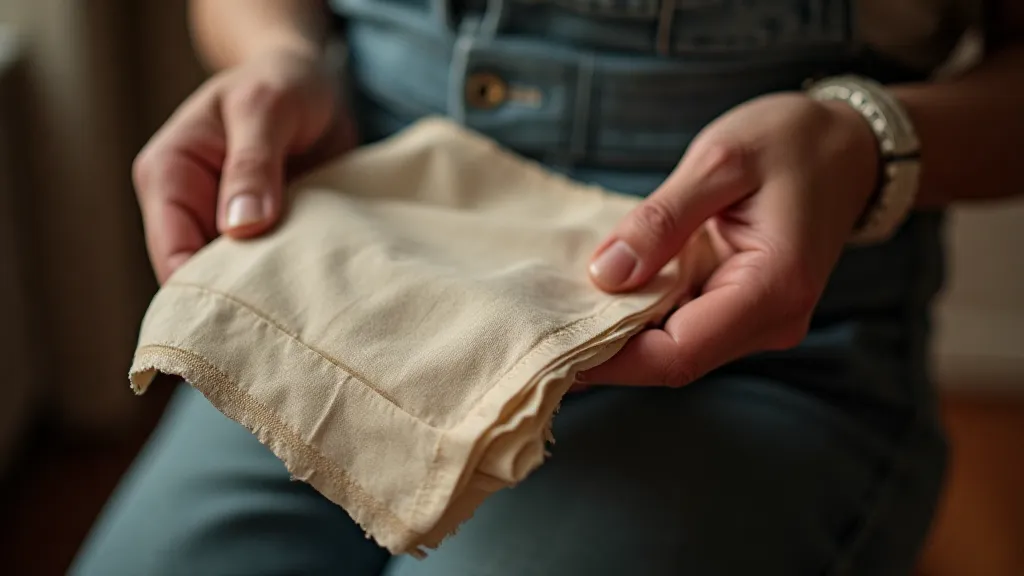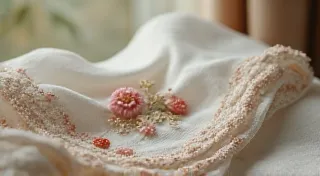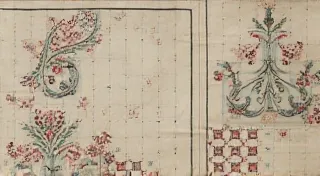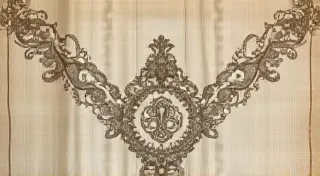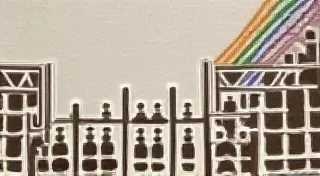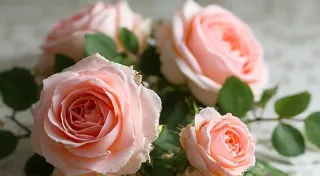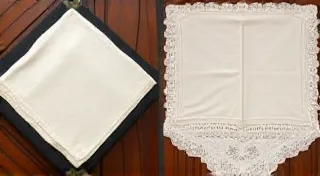Ephemeral Echoes: The Fragility of Memory Woven into Collectible Linens
They are so small, easily overlooked. Tucked away in antique shops, buried in estate sales, or carefully preserved within family trunks – antique handkerchiefs. Yet, these seemingly insignificant squares of fabric hold within them a profound and poignant story, a fragile echo of lives lived and moments cherished. More than just pieces of textile, they are tangible links to bygone eras, imbued with the whispers of laughter, tears, and unspoken promises. Collecting them isn’t just about acquiring beautiful objects; it's about connecting with the human experience across time.
My own fascination began with a simple discovery: a small, cream-colored handkerchief, embroidered with forget-me-nots, found amongst my grandmother’s belongings. The scent of lavender clung faintly to the fabric, a ghostly reminder of her presence. Holding it, I felt a strange sense of intimacy, a connection to a woman I’d known, but whose life extended far beyond my own limited perception. It wasn’t the embroidery itself that captivated me, although the delicate stitches were undeniably beautiful, but the feeling that it held a secret – a glimpse into a world I could only imagine.
The Textiles: More Than Just Thread
Understanding antique handkerchiefs begins with recognizing the fabrics used. Before the rise of mass production, textiles were a luxury, and the quality directly reflected the owner's social standing. Linen was the most common, prized for its strength and absorbency. Fine linen, often woven from flax grown in specific regions – Ireland and Belgium being particularly renowned – held a superior drape and a remarkable ability to soften with age, becoming increasingly beautiful over generations. Cotton, especially fine long-staple cotton like Egyptian cotton, also found its way into handkerchief production, offering a softer hand and vibrant potential for dyes.
Silk handkerchiefs, relatively rare, represented a considerable investment. Often adorned with elaborate embroidery or delicate lace insertions, they signified wealth and refinement. The presence of materials like Batiste – a loosely woven, fine linen – indicates a particularly high level of quality. Recognizing these fabrics and understanding the historical context of their production can significantly enhance your appreciation for these miniature masterpieces. A worn, patched linen handkerchief might represent a practical, everyday item, while a pristine silk handkerchief with intricate lace may have been saved for special occasions.
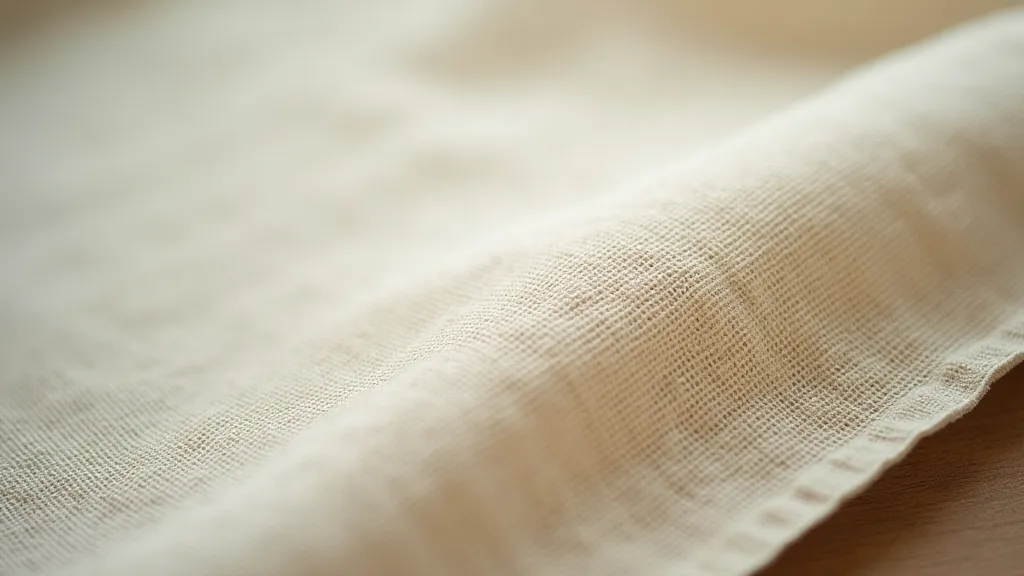
The Art of Hand Embroidery: A Labor of Love
The vast majority of antique handkerchiefs were hand-embroidered. This wasn’s simply a decorative element; it was a vital skill, often passed down through generations of women. Embroidery wasn't just about creating a pretty picture; it was a form of self-expression, a way to mark significant events, and sometimes even to communicate secret messages. The stitches themselves offer clues about the origin and age of the handkerchief. Common embroidery techniques include French knots, satin stitch, chain stitch, and running stitch. The density and complexity of the embroidery directly correlate with the owner’s resources and skill level.
Floral motifs – roses, forget-me-nots, lilies – were immensely popular, symbolizing sentiments like love, remembrance, and innocence. Monograms were also prevalent, identifying the owner and declaring a sense of personal identity. Sometimes, hidden amongst the flowers and foliage, you might discover tiny, almost imperceptible initials or dates – little time capsules embedded within the fabric. These details transform a simple handkerchief into a deeply personal narrative. The skill and artistry displayed in hand embroidery is remarkable, a testament to the dedication and creativity of the women who created them.
Dating & Identifying Handkerchiefs: Subtle Clues to the Past
Dating antique handkerchiefs isn’t an exact science, but several clues can help narrow down the timeframe. Early handkerchiefs, pre-1850, often feature simpler designs and coarser linen. Victorian-era handkerchiefs (1837-1901) showcase a dramatic shift towards more elaborate embroidery, often incorporating heavily colored silks and complex patterns. The Edwardian era (1901-1910) brought a lighter, airier aesthetic, with delicate lace and softer colors. The early 20th century saw the rise of machine embroidery, which, while often technically proficient, lacks the unique character and imperfections of hand-stitched pieces.
The condition of the fabric is also a crucial factor. While some age-related discoloration and wear are expected, significant damage – large stains, extensive unraveling – can impact the overall value and historical significance. Careful examination under magnification can reveal telltale signs of wear and construction techniques characteristic of different eras. Knowing about popular color palettes, embroidery styles and textile production techniques specific to different decades can provide invaluable insight.
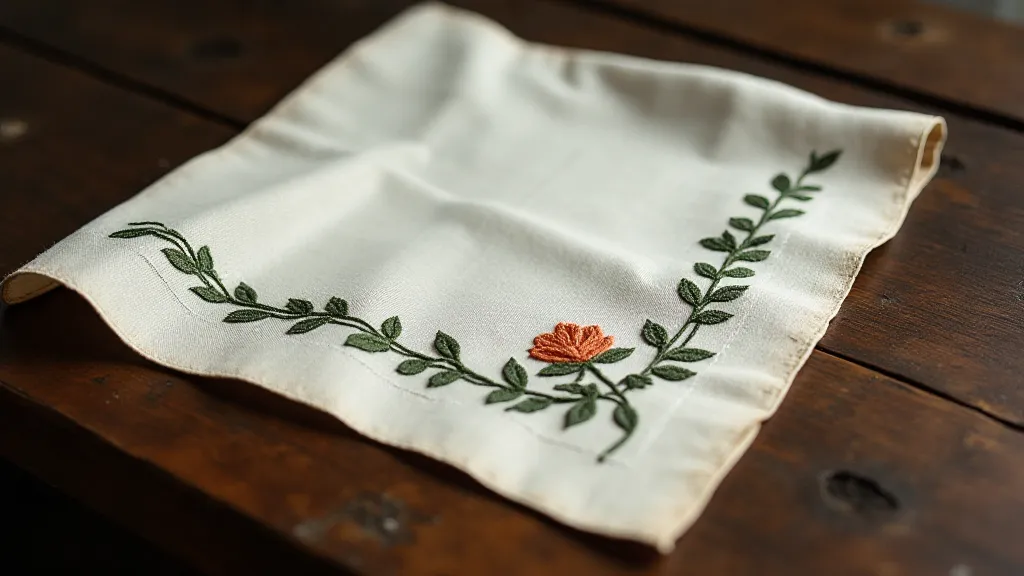
Preservation & the Collector's Responsibility
Collecting antique handkerchiefs is more than just acquiring objects; it's accepting a responsibility to preserve a piece of history. Proper storage is paramount. Acid-free tissue paper and archival-quality storage boxes are essential to protect the fabric from light, moisture, and pests. Avoid direct sunlight and fluctuating temperatures, which can accelerate deterioration.
While restoration is sometimes necessary to stabilize damaged handkerchiefs, it should be undertaken with extreme caution. Overly aggressive cleaning or patching can erase valuable historical information and diminish the object's authenticity. A skilled textile conservator can offer professional advice and perform necessary repairs while respecting the handkerchief’s original integrity. Ultimately, the collector’s role extends beyond preservation; it includes sharing the stories these miniature treasures hold. Researching their origins, documenting their features, and disseminating their historical context helps to ensure that the voices of the women who created them are not forgotten.
The fragility of these linens serves as a poignant reminder of the fleeting nature of time. Holding an antique handkerchief isn’t just about admiring its beauty or appreciating its craftsmanship; it's about connecting with the lives of those who came before us, recognizing the enduring power of human creativity, and honoring the delicate threads of memory that bind us across generations.
